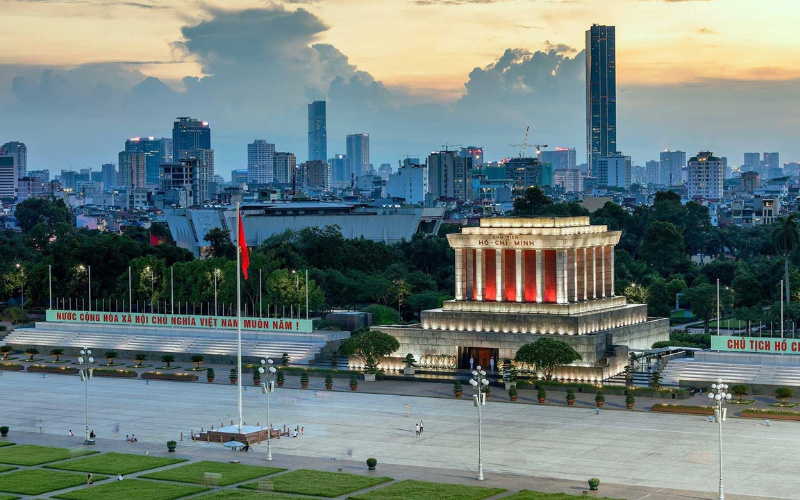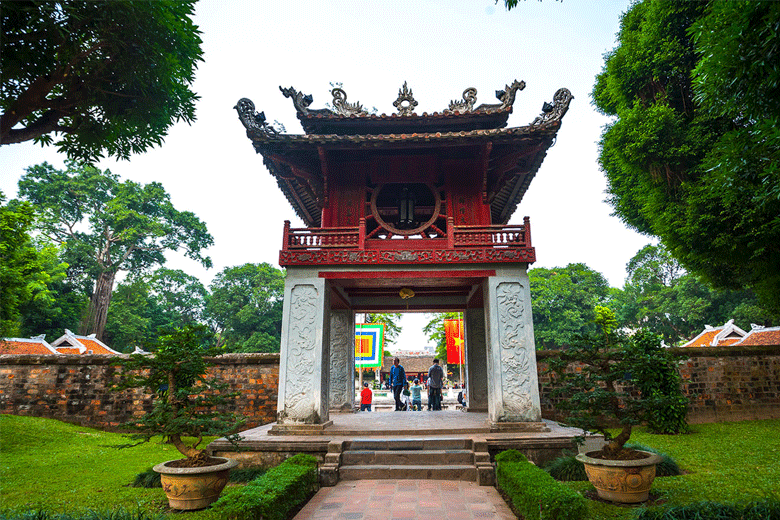Do you want to visit some of Vietnam’s most iconic historical sites? Then, the Imperial Citadel of Thang Long is the perfect destination for travelers looking for a one-of-a-kind experience.
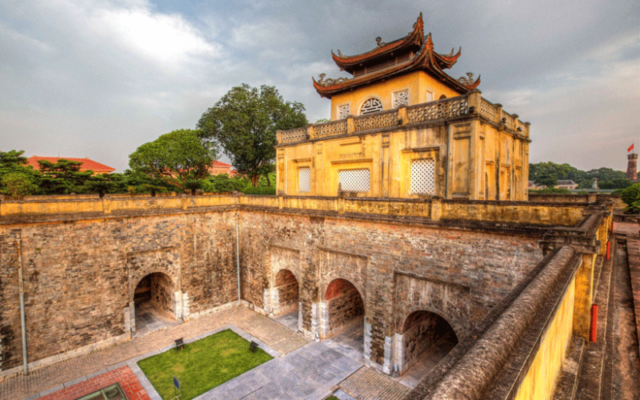
This post has everything you need to know about visiting the Imperial Citadel of Thang Long, how to get there, what time of day is best, and what tips are here. So, let’s explore!
Contents
Imperial Citadel of Thang Long’s History
Beginning, the origin of the Citadel can be traced back to the 7th century when its initial construction was laid down. Vietnam was experiencing Chinese assault at that time, and it has been stated that a Chinese fortress was established in the area.
In 1010, King Ly Thai To shifted the capital from Hoa Lu (Ninh Binh) to Dai La (previous name of Hanoi) and rename it, Thang Long. The Citadel is erect in the same location, sitting atop the decayed fortress. From then onwards, the Citadel keep as the hub of regional political power.
The Thang Long Imperial Citadel was built in the 11th century by the Ly Viet Dynasty
Source: whc.unesco.org
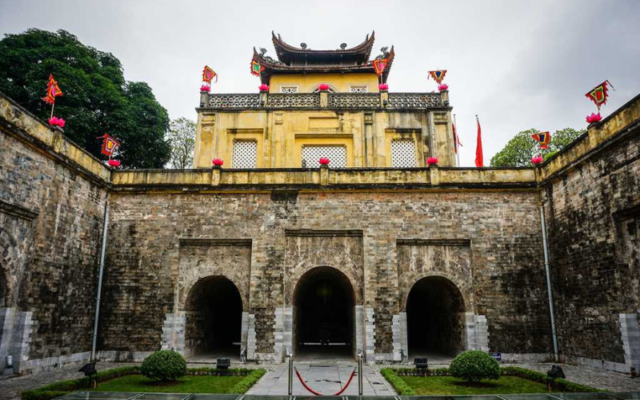
Under the Tran, Le, and Nguyen dynasties extend the Imperial Citadel. Going through many serious destructions by battle. It continued to be the seat palace of the Vietnamese Court until 1810 when Emperor Quang Trung relocated the capital from Thang Long to Phu Xuan (the existing Imperial City of Hue). Thus, Thang Long was no longer the capital of the nation.
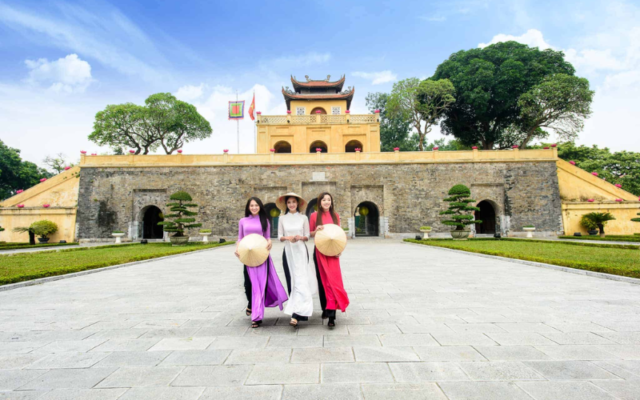
Most royal buildings and towers were severely damaged throughout the Fren colonial period. For many years, some of the leftovers had to be demolished by the 20th century.
In addition, the Citadel was used by the Japanese Empire to imprison more than 4000 French colonial fighters that were seized in March 1945. In 1954, as the Vietnamese Arm assumed control of Hanoi, The Citadel became the main office of the Ministry of Defense.
The architecture of the Citadel
Flag Tower (Ky Dai)
Hanoi Flag Tower (Ky Dai) was constructed during the commencement of the 19th century under the Nguyen Dynasty. It is one of the uncommon sights in the Citadel that the French did not ruin between 1894 and 189.
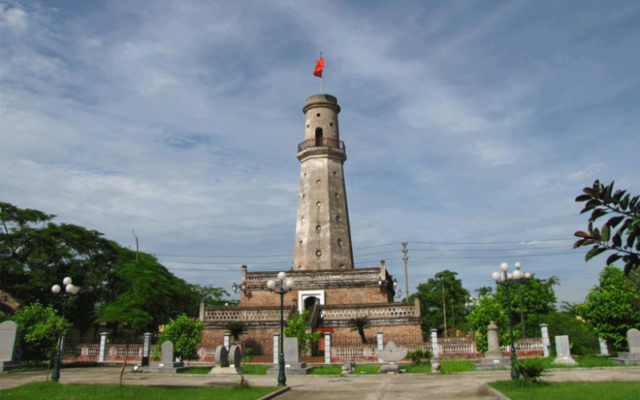
The tower has a total altitude of 60m and consists of three floors: the 1st floor is 3.1m tall, the 2nd floor is 3.7m high, and the 3rd floor stands at 5.1m. Furthermore, there is a flagpole reaching up to 18.2m in height.
Kinh Thien Palace
In 1428, the Kinh Thien Palace was constructed in the middle of Thang Long’s Imperial Citadel. It is established on the previous roots of the Can Nguyen palace of the Ly dynasty (which was later given the name Thien An Palace).
In 1886, the French colonialists dismantled this palace to construct the French Army Artillery Command.
Doan Mon (South Gate)
Doan Mon serves as one of the major access points into the Citadel. It built during the Le dynasty and renovate during the Nguyen dynasty. The landmark is south of Kinh Thien Palace, parallel to the Hanoi Flag Tower.
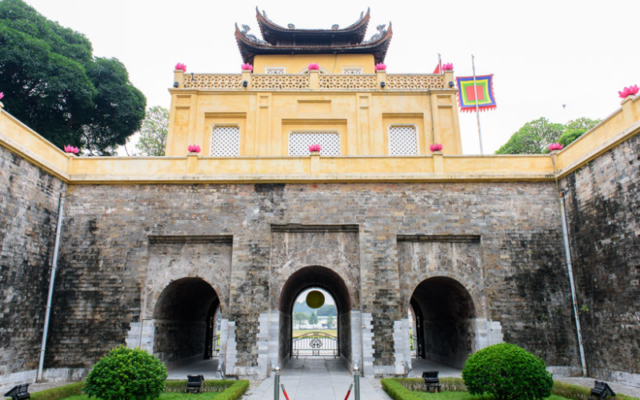
The grandest center door devotes to the king, towering 4 meters high and stretching 2.7 meters wide. On the other hand, the other entrances are 3.8 meters tall and 2.5 meters broad and use mandarins.
Bac Mon (North Gate)
Constructed in 1805, Chinh Bac Mon is the solitary surviving entry point to the Thang Long stronghold during the Nguyen Dynasty. It is 8.71 meters tall and 17.08 meters wide and has walls 2.48 meters thick.
Hau Lau (Princess Pagoda)
Developed in 1821, Hau Lau was used as a break area for the palace maidens when Nguyen Kings made their way to Hanoi. Towards the end of the 19th century, Hau Lau suffered extensive damage. So, the French colonized had it restored and rebuilt into its current state.
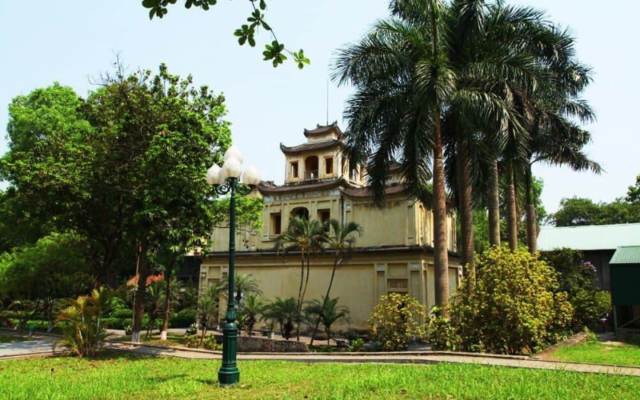
D67 House and tunnel
From 1954 to 1975, the Citaded encoded D67 and acted as the command post of the Vietnamese People’s Armed forces. In case of an assault, a connecting passage enabled unexpected departure.
Cultural Significance of the Imperial Citadel of Thang Long
The Imperial Citadel of Thang Long, also knowns as the Hanoi Citadel, is an important cultural symbol for the people of Vietnam. And, Kinh Ly Thai To find them in 1010 AD to become the imperial capital of Vietnam and served in this capacity until 1810.
This Citadel is the best magnificent architectural components. Reflecting many construction and development periods over the centuries.
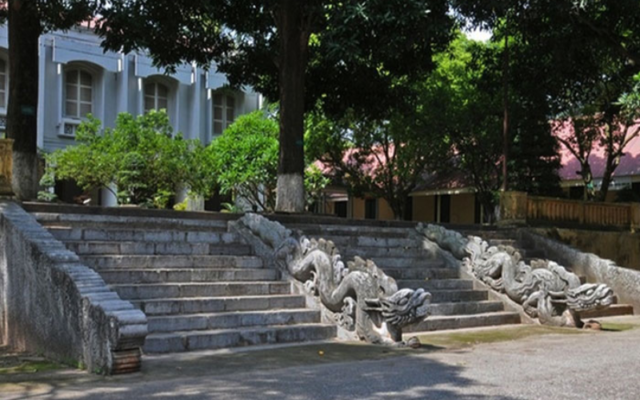
It is an important cultural site included in several UNESCO World Heritage lists. It stands as a testament to this past and continues to be a major attraction for visitors locally and worldwide.
How to Get to the Imperial Citadel of Thang Long
Public bus lines from all over Hanoi go to the Citadel. Especially, the easiest way to get there is by taking one of the city buses (e.g., No.11, No.14, No.17) from Hanoi’s central train station. The journey takes about 25 minutes and costs around 40,000 dongs ($1.7).
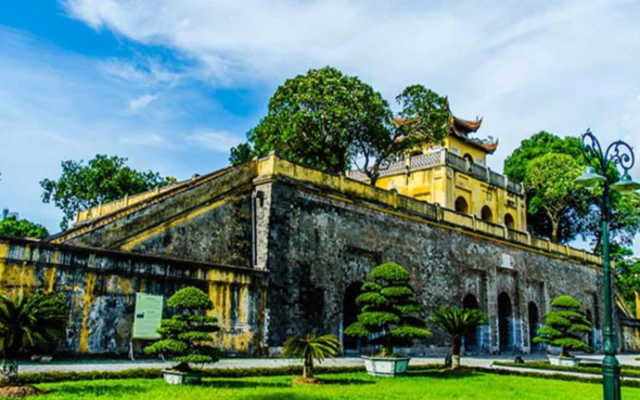
Alternatively, you can book a taxi service with Google Maps or Grab and have it take you directly to your destination.
Dress code
The dress code for the Imperial Citadel of Thang Long encourages visitors to respect Vietnamese culture as well as show adequate dress respect. Therefore, visitors should avoid wearing shorts, tank tops, or revealing clothing on site.
-
Address: 19C Hoàng Diệu, Điện Biên, Ba Đình, Hà Nội
-
Opening hours: 8:00-17:00 every day
-
Admission fee: VND 30,000 for natives and foreigners, VND 15,000 for students.
As you can see, many of Vietnam’s famous attractions are in the Imperial Citadel of Thang Long.
See our blog for more about the beauty and cultural importance of this UNESCO World Heritage Site. And if you ever plan to visit Hanoi, we hope you will remember vietnamtravelers.com!


